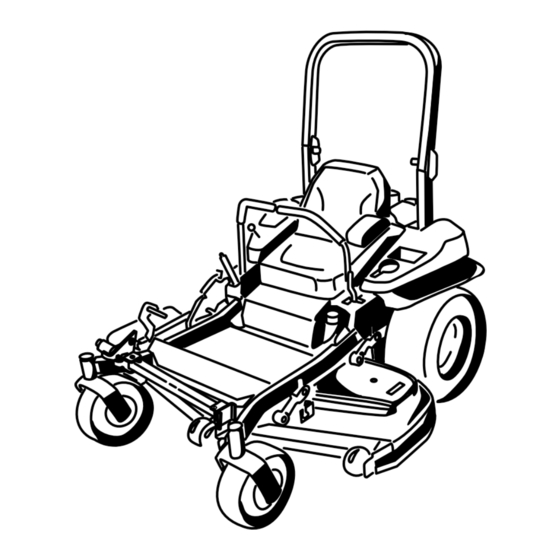Table of Contents
Advertisement
Form No. 3370-939 Rev A
Z Master
®
Riding Mower
with 48in, 52in or 60in TURBO FORCE
®
Side
Discharge Mower
Model No. 74941CP—Serial No. 312000001 and Up
Model No. 74943CP—Serial No. 312000001 and Up
Model No. 74945CP—Serial No. 312000001 and Up
To register your product or download an Operator's Manual or Parts Catalog at no charge, go to www.Toro.com.
Original Instructions (EN)
Advertisement
Table of Contents








Need help?
Do you have a question about the Z Master 74941CP and is the answer not in the manual?
Questions and answers